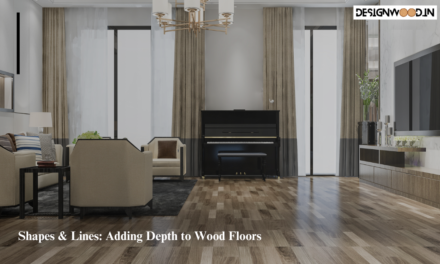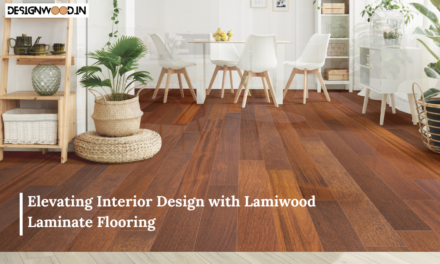Wooden flooring has a rich history deeply intertwined with architectural styles from various cultures and time periods. From medieval Europe to colonial America, historic architecture continues to influence contemporary wooden flooring designs.
Medieval Europe: Simple Planks to Intricate Patterns
In medieval Europe, wooden flooring was predominantly found in castles and manor houses, often consisting of simple planks or intricate geometric patterns. These designs reflected the craftsmanship of the era and set the stage for future developments in wooden flooring.
Renaissance Elegance: Intricate Inlays and Marquetry
During the Renaissance period, wooden floors became more elaborate, featuring intricate inlays and marquetry inspired by classical motifs. The Palace of Versailles, with its famous parquet de Versailles pattern, exemplifies this lavish approach to wooden flooring, showcasing the grandeur of the French monarchy.
Colonial America: Practical and Utilitarian
In colonial America, wooden flooring was practical and utilitarian, reflecting the simplicity of early settlers’ lifestyles. Wide-plank boards made from native hardwood flooring such as oak and pine were common, providing durability and functionality in rustic homesteads and plantation homes.
Contemporary Influence: Embracing Tradition in Modern Designs
Today, historic architectural styles continue to inspire wooden flooring designs, with homeowners and designers drawing inspiration from the past to create timeless and elegant spaces. From reclaimed barn wood flooring reminiscent of rural Americana to intricate parquet patterns echoing the opulence of European palaces, the influence of history is evident in modern wooden flooring choices.





